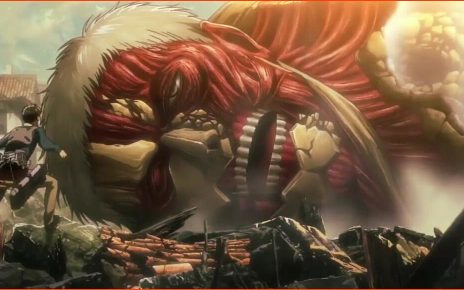Table of Contents
An In-Depth Look at Wonderful Precure! Episodes 37 – 50
In the world of anime, few series stand out as boldly as Wonderful Precure!. The final episodes, spanning from 37 to 50, offer not just thrilling entertainment but also delve into thought-provoking themes such as death, extinction, and the intricate bond between humans and animals. The overarching narrative is emboldened by these complex topics, providing both children and adults with deep insights that transcend typical children’s programming.

Thematic Exploration
Confronting Serious Realities
As Gaou and his squad escalate their attacks, the Cures are met with the heart-wrenching truth about a forgotten shrine and its lupine guardian. Here, the anime introduces its audience to sobering realities: the inevitable farewell to beloved pets and the profound impact of extinction. This focus sets Wonderful Precure! apart as it broaches subjects often left untouched in the genre.
This thematic exploration is reminiscent of books like Wilson Rawls’ Where the Red Fern Grows, where the narrative, albeit gentle, doesn’t shy away from the truth of loss.
Emotional Journey
This concluding arc of Wonderful Precure! is a rollercoaster, pulling viewers into a whirlwind of emotions, often eliciting tears. What previous iterations, like Healin’ Good Precure, aspired to achieve, Wonderful Precure! succeeds, especially in its approach to dealing with irreversible past wrongs.
Gaou’s vendetta against Animal Town stems from a century-old grievance—the eradication of wolves. This sad history can’t simply be erased with apologies or affections. The episodes poignantly illustrate such thematic depth when Fuku, an elderly dog, dies, and Torame, previously a villain, finds redemption.
Character Arcs and Development
The Redemption of Torame
A significant character arc involves Torame, one of Gaou’s minions. Initially a playful antagonist, his true nature reveals a deeper storyline. Through episodes 45 and 46, Torame’s playful battles with the Cures morph into a touching narrative where games transform into a path of salvation—ending his eternal regrets and granting him peace in the afterlife.
He serves as a poignant example of how the series masterfully weaves redemption and acceptance into its fabric, aiding Iroha’s understanding of using positive memories to move forward.
The Symbolism of Komugi
Throughout the series, the character of Komugi, a papillon, mirrors the recurring themes of retrieval and redemption. The choice of breed is deliberate; spaniels are known for their hunting and retrieving skills. Komugi represents the Cures’ mission—to retrieve and restore the essence of those lost, both in spirit and hope.
Concluding Notes on Themes
While the resolution, a group hug, might seem elementary, it symbolizes a greater truth: that countering violence with compassion breaks the cycle of hate and revenge. Seasoned with imaginative storytelling, the series employs nonviolence not just as a narrative tool but as a profound lesson—reiterating that acceptance and love can heal even century-old wounds.
Subaru’s storyline further elucidates this theme. His destructive vengeance underscores how violence only begets violence. Cure Wonderful and her team, by embracing nonviolence, illustrate the healing potential of compassion—reaffirming the importance of treating all creatures with kindness and respect.
Final Thoughts
The concluding episodes of Wonderful Precure! encapsulate a message deeply rooted in hope and redemption. Despite its bittersweet ending, where beloved characters like Yuki and Daifuku lose some abilities, the series decorates its narrative with hope—whispering the timeless adage that spirits live on through memory and the acts of kindness we share.
Ultimately, Wonderful Precure! excels in weaving a complex, emotionally charged narrative, rivaling the best of magical girl stories. While it’s suitable for the younger audience, adults too will find the layers of profound messages thought-provoking, reminding us to embrace hope and kindness in the face of loss and adversity.


